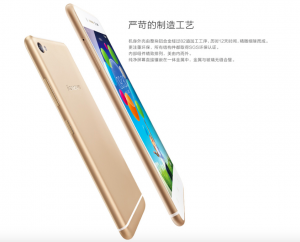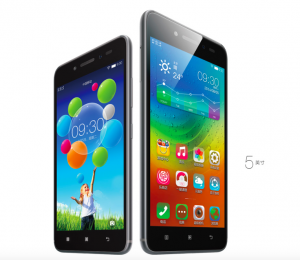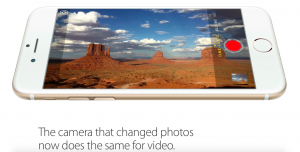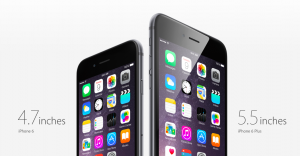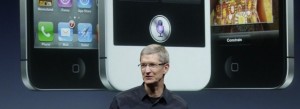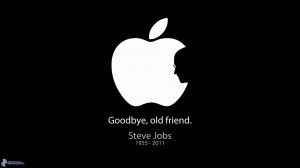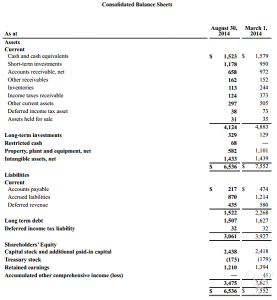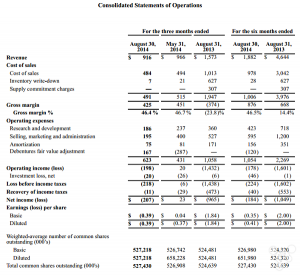If The United Nations Was Fully Funded Why Would We Need The Arc or Social Enterprise
Despite the fact that UN has made a huge progress in helping with communities and tackling poverty and human rights for the past century, it is still however, very necessary for the Arc and social enterprise to exist for now and for always, even when the UN is fully funded.
Speaking of funds, money has always been associated with power and authority, as well as constraints. Because there is only so many things in the world that are priceless, which makes money vain. Insight and intelligence are two vital factors for our world today. This is one of the top reasons why the world still needs social entrepreneurs. Their distinct view of value and insight are matchless; their resources and intellect are things the world solely need.
On the other hand, you should start with walking before you want to run. Mindless investments in developing countries, rural areas and places of poverty doesn’t work. The development of the human society and of an economy needs to be moderated, combined with a sense of omniscience insight guiding the way. For instance, the Cape Town football stadium built for the 2014 world cup in Africa can hold up to 64,000 people. But once the world cup was over and the parade and cheering was gone, the town was back to its old days where no one would rent such a huge stadium. The stadium now only holds serval events that has a minimum effect on local residents and only manages to attract serval thousands of people. The economic condition has determined that the town can’t host such big assets like this. A rough attempt as such will only result in a liability for the community, as the town now needs to pay hundreds of thousands of maintenance and protection fee.
Infinite amounts of funds would yet seem useless when it’s not used wisely with an industrial insight. Social enterprise and projects such as the Arc is able to find such small places that’s too small for the UN to attempt to help and make slight differences to our economy. With a whole lot of them doing this all together, it makes a big difference. And this is why social enterprise plays a vital role in this, even when the UN is fully funded.





